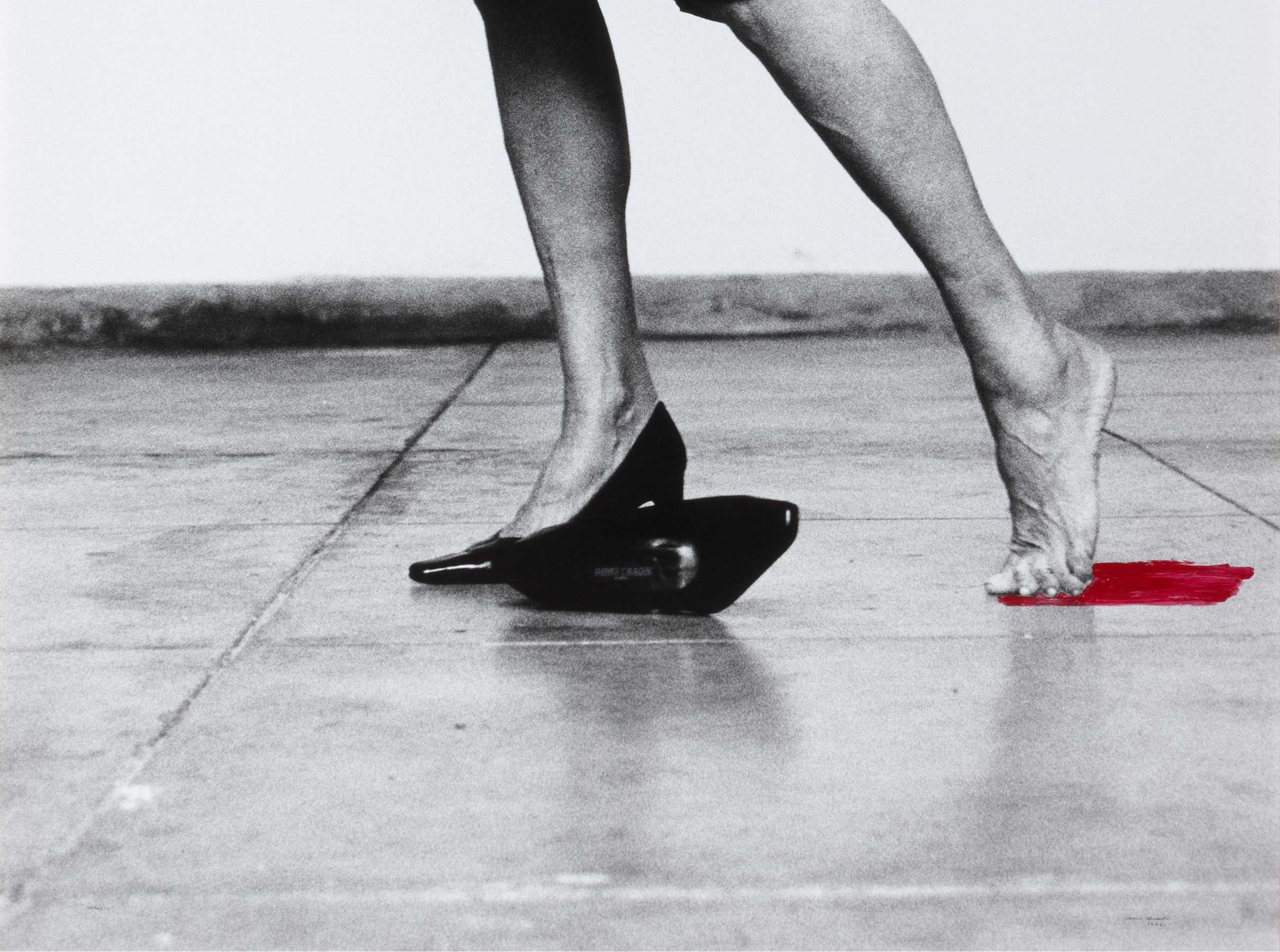The Omar Paintings #6
- 2010
- Acetone on plied yarn
- 196,5 x 106 cm
- Cat. P_762
- Acquired in 2011
The Omar Paintings #6 (2010) is a painting by Portuguese artist Pedro Cabrita Reis that uses acetone, a chemical used in the manufacture of plastics and fibres, applied to a large piece of fabric. This process results in an abstract composition, a landscape of faded contours whose forms are diluted so that they end up looking like water colours. This particular painting is larger than most works produced with this technique.
The use of industrial materials such as lacquer, enamel and varnish along with more conventional ones such as acrylic and graphite is typical of Cabrita Reis' work. Another recurrent feature is the recycling of materials, images and objects from a range of sources. Indeed, his sketches, sculptures and paintings are often based on waste, throw-away objects and fragments. He can be thought of as a gatherer; as someone who is curious about and interested in all that surrounds him. He finds the elements used in building up his works in the most unlikely places, and reactivates them like some kind of demiurge for incorporation into his projects. As they are moved from place to place, those elements become open to new readings and meanings. His most eloquent series are those in which he puts manufactured objects together with elements purpose-built in his workshop, generating a sort of double structure with what he describes as 'meeting points in time' between elements of very different kinds.
The works of Pedro Cabrita Reis continually cause spectators to stop short as they run across a succession of 'chance encounters' between materials and objects designated by the artist: open, provisional systems through which careful observers can see the reality that surrounds them.
Other works by Pedro Cabrita Reis

